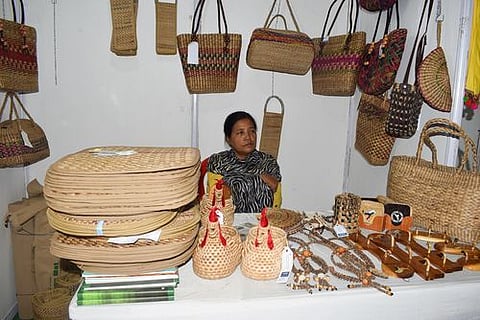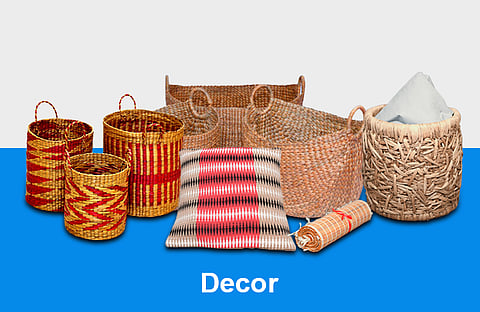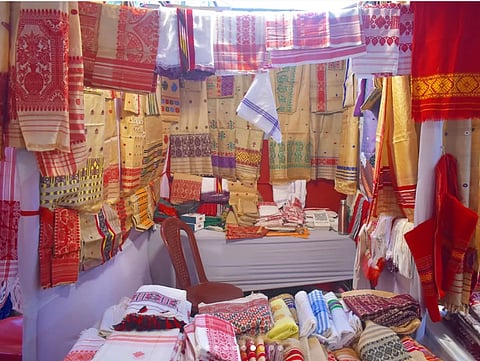Bohag Bihu, also known as Rongali Bihu, is an occasion of grand celebration in Guwahati as well as across Assam. Marking the beginning of the Assamese New Year and the arrival of spring, this festival is a time for joy, community gatherings, and cultural vibrancy. People celebrate with traditional dance, music, and mouth-watering delicacies like pitha, laddu, and doi-sira.
This festival is deeply connected to agriculture, as it signifies the onset of the sowing season, bringing with it hopes for a bountiful harvest. Homes are decorated with colourful rangoli, flowers, and traditional Assamese motifs, and families exchange gifts, reflecting the warmth of the season. Bohag Bihu is not just a festival but an emotion, uniting people from all walks of life in Assam, fostering happiness and togetherness.
Preparations for Bohag Bihu
Preparing for Bohag Bihu is a unique blend of age-old traditions and contemporary elements. From dressing up in traditional Assamese attire to decorating homes and preparing festive dishes, the excitement builds up weeks before the festival begins.
Here are some key aspects of preparing for Bohag Bihu:
Traditional Attire
One of the highlights of Bihu celebrations is dressing up in traditional Assamese outfits. The attire not only enhances the festive spirit but also showcases Assam's rich cultural heritage.
For women: The elegant Mekhela Chador, woven with intricate patterns and vibrant colours, is the ideal choice. It reflects the beauty of Assamese craftsmanship and adds grace to the celebrations.
For men: The classic Dhoti-Kurta, paired with the Gamosa, is a must-have. The Gamosa, a white handwoven cloth with red embroidery, holds deep cultural significance in Assam.
These traditional clothes are often made of handwoven fabrics like Muga and Eri silk, which have received Geographical Indication (GI) tags. You can find them in local markets and special textile stores across Guwahati, where artisans showcase their stunning craftsmanship.
Musical Instruments
Music is the soul of Bohag Bihu, and no celebration is complete without the rhythm of traditional Assamese musical instruments. These instruments not only add energy to the festivities but also reflect Assam's rich musical heritage.
Some of the most commonly used instruments during Bihu include:
Dhol – A drum that sets the beats for Bihu dance performances.
Pepa – A wind instrument made from buffalo horn, producing a distinct, vibrant sound.
Gogona – A bamboo-tongued instrument that adds melody to the music.
Sutuli – A clay whistle that creates a unique sound, often used in folk performances.
If you want to immerse yourself in the true spirit of Bihu, you can purchase these instruments from local markets in Guwahati, where skilled craftsmen create them with traditional techniques.
Exploring Markets in Guwahati
Guwahati, known as the gateway to Northeast India, becomes a hub of activity during Bohag Bihu. Markets across the city are filled with festive energy, as people shop for traditional clothes, decorative items, sweets, and musical instruments.
Here are some of the best markets to explore in Guwahati for Bohag Bihu shopping:


